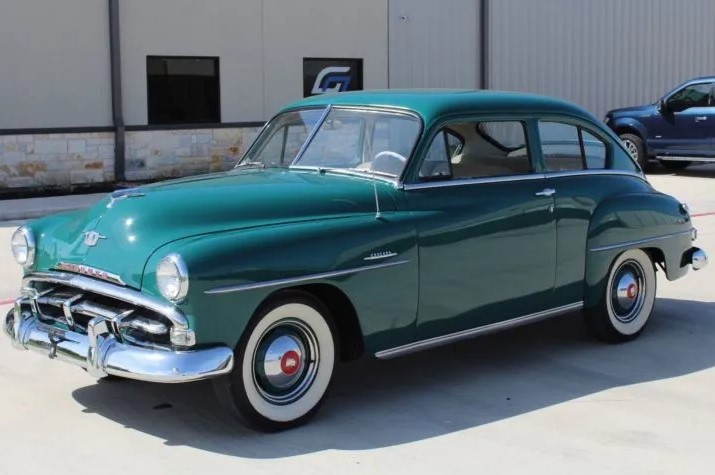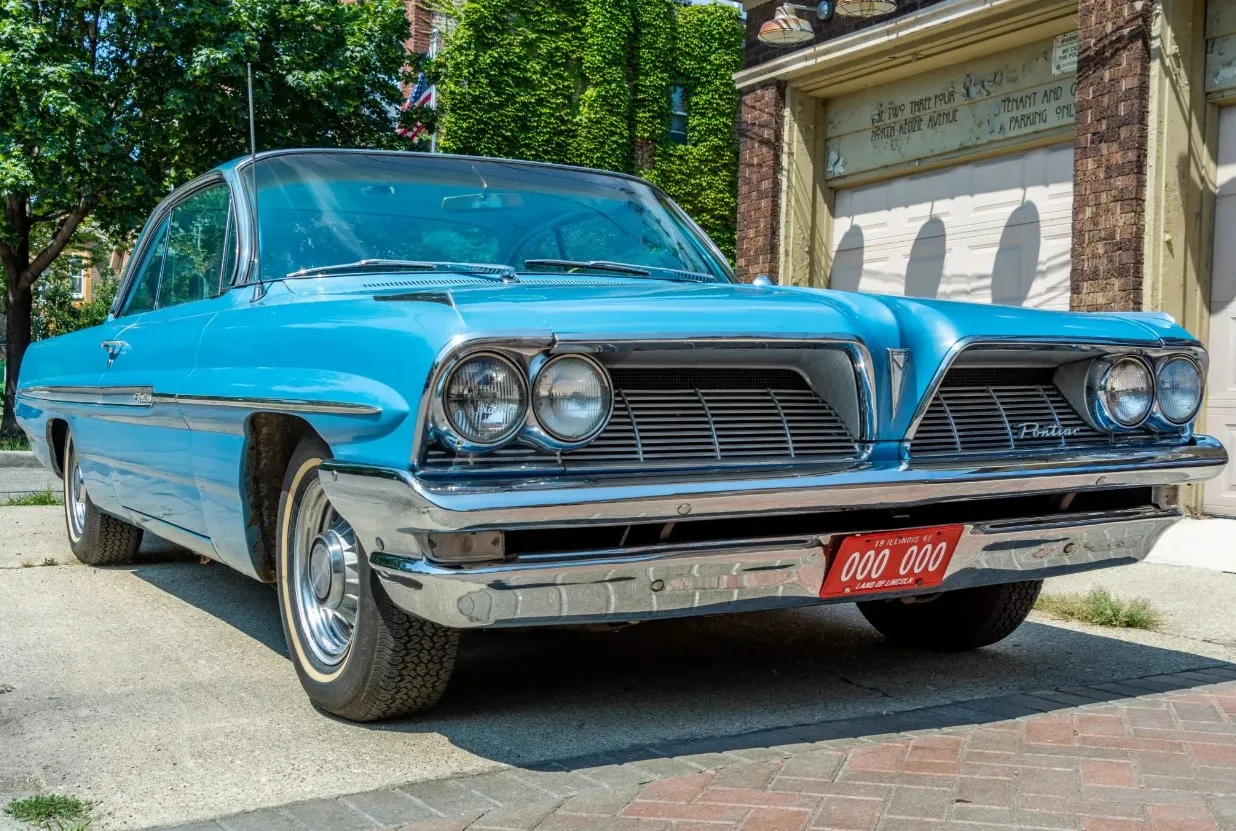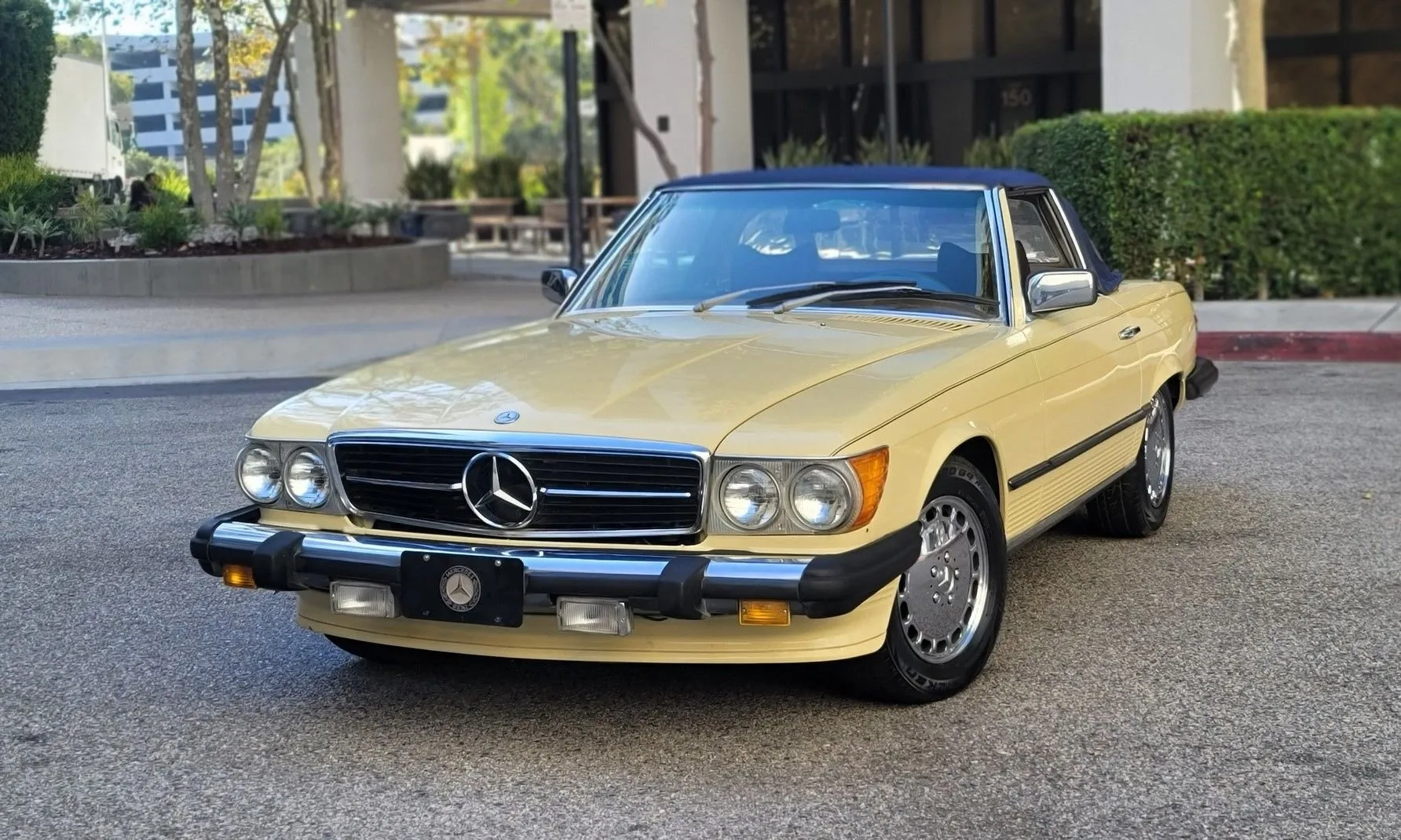The 1958 Ford Thunderbird, often referred to as the "Square Bird" due to its distinct, angular design, is a true icon of American automotive history. This particular model year holds a special place in the hearts of car enthusiasts and collectors, as it marked a significant departure from previous Thunderbirds and represented a defining moment in the evolution of Ford's iconic luxury sports car. In this in-depth exploration of the 1958 Ford Thunderbird, we'll take a closer look at its historical context, design, technical specifications, performance, and the enduring legacy it has left within the realm of classic cars.
Historical Context
To fully appreciate the 1958 Ford Thunderbird, we must first understand the historical context in which it was born. The Thunderbird, which was initially introduced by Ford in 1955, was a response to the growing demand for a new category of car that would combine the elegance of a personal luxury car with the sportiness of a two-seater.
The first-generation Thunderbird, produced from 1955 to 1957, was a resounding success. It captured the spirit of the time, offering a new level of personalization and style in the American automotive market. Ford was quick to recognize that the Thunderbird's unique blend of features had the potential to redefine what a car could be.
In 1958, Ford introduced the second generation of the Thunderbird, which is the focus of this discussion. This was a pivotal year in American automotive history, marked by significant changes in design, technology, and consumer preferences. The '50s were a period of economic prosperity and cultural shifts, with the automobile industry playing a central role in shaping American life.
The 1958 Thunderbird was born in a post-war era marked by newfound affluence, suburban expansion, and the desire for vehicles that not only served as transportation but also as status symbols. Ford's decision to redesign the Thunderbird for 1958 was a reflection of these changing dynamics and the evolving tastes of American consumers.
Design and Styling
One of the most striking aspects of the 1958 Ford Thunderbird is its design. This model year marked a significant departure from the more streamlined and curvaceous lines of the first-generation Thunderbirds. The '58 Thunderbird embraced a new, angular aesthetic, earning it the nickname "Square Bird." This design was heavily influenced by the prevailing trends of the late 1950s.
The exterior of the 1958 Thunderbird was bold and eye-catching. It featured a prominent, squared-off front grille flanked by quad headlights, creating a distinctive and aggressive front end. The signature hood scoop, adorned with a chrome spear, gave the car a sense of power and presence. In fact, the hood scoop became a design feature associated with '58 Thunderbirds, setting them apart from other cars of the era.
The body of the Thunderbird was characterized by clean, straight lines and a long, low-slung profile. A unique feature was the inclusion of "washboard" side panels, which featured a series of horizontal chrome bars. These bars added to the car's overall impression of length and luxury.
The rear end of the '58 Thunderbird was equally distinctive. The angular tailfins, a hallmark of late '50s car design, gave the car a sense of dynamism. The taillights, encased in chrome bezels, were integrated into the fins, contributing to the car's aesthetic appeal. The spare tire, mounted externally, was enclosed in a stylish and decorative housing that further emphasized the luxury and uniqueness of the Thunderbird.
The interior of the 1958 Thunderbird exuded a sense of opulence and comfort. It featured a beautifully designed dashboard with a center console, a spacious instrument panel, and an array of chrome accents. The aircraft-inspired instrument cluster was a notable design element that added to the car's sense of adventure and sophistication.
The seats were well-padded and upholstered in a range of luxurious materials, including leather and vinyl. In a nod to convenience and practicality, the '58 Thunderbird featured power windows, power seats, and a power-operated convertible top for the convertible model. This focus on comfort and convenience was in line with the growing emphasis on luxury in the American automotive market.
The 1958 Thunderbird was available as a convertible or a hardtop model. The convertible version was especially popular, as it allowed owners to enjoy open-air motoring and bask in the sunshine. The power-operated convertible top was a marvel of engineering for its time, and it added to the car's appeal as a symbol of freedom and luxury.
Performance and Driving Experience
The driving experience of the 1958 Ford Thunderbird was defined by a balance of power and comfort. The car's V8 engines, especially the optional 430 cubic inch V8, delivered ample acceleration and highway cruising capability. The '58 Thunderbird was built for comfortable, long-distance travel, and it excelled in this regard.
The interior, with its luxurious appointments and ergonomic design, added to the overall driving experience. Owners could enjoy the sensation of open-air motoring in the convertible model while reveling in the comforts of a well-appointed cabin. The Thunderbird was also known for its quiet ride, which was a testament to the quality of construction and soundproofing.
Legacy and Collectibility
The 1958 Ford Thunderbird holds a special place in the world of classic cars. While it may have departed from the sleek, two-seat sports car design of the first-generation Thunderbirds, the '58 Thunderbird represents a distinct moment in automotive history. Its angular, chrome-laden design is a quintessential example of late '50s American car styling, making it highly collectible and sought after by enthusiasts.
The Thunderbird's legacy as a personal luxury car that seamlessly combined style, comfort, and performance has endured through the years. It was a car that appealed to a wide range of buyers, from those seeking a fashionable status symbol to those looking for a comfortable and powerful cruiser.
Today, well-preserved examples of the 1958 Thunderbird command significant attention and value among collectors. Restored to their former glory, these cars are a testament to the design and craftsmanship of a bygone era. They are often featured at car shows and in classic car collections, serving as a reminder of the golden age of American automotive design.
Conclusion
The 1958 Ford Thunderbird, with its bold design, powerful V8 engines, and focus on luxury, represents a defining moment in the history of American automobiles. While it departed from the original concept of a compact two-seater, it embraced the changing tastes and aspirations of American consumers in the late 1950s.
The '58 Thunderbird has left an indelible mark on the world of classic cars. It's a symbol of an era when American automakers were pushing the boundaries of design and technology, creating cars that were not just modes of transportation but expressions of style and identity. The enduring legacy of the 1958 Thunderbird is a testament to its timeless appeal, and it continues to capture the hearts of car enthusiasts and collectors around the world.


